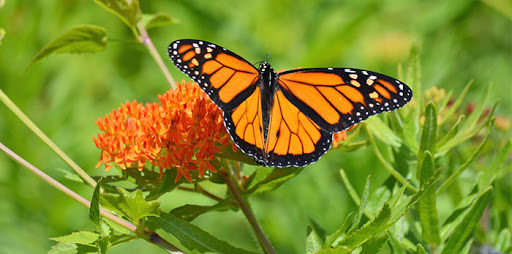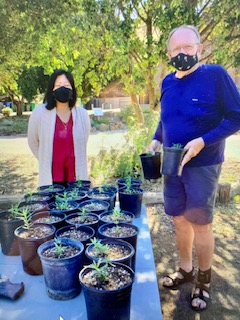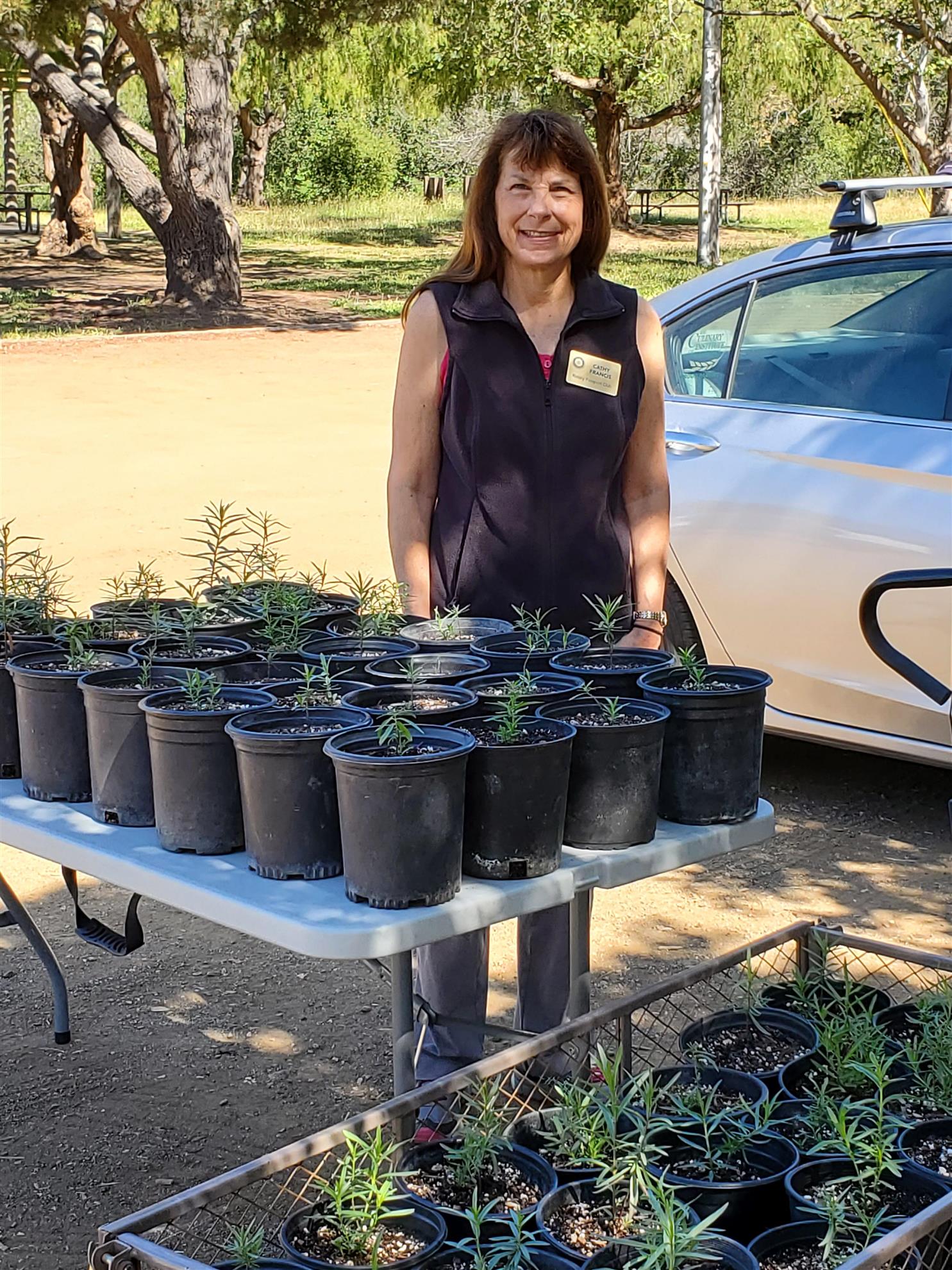Local members of the Rotary Passport Club of the Central Coast have picked up over 100 young milkweed plants to re-plant in their gardens.
Monarch butterflies rely on their host plant, milkweed, for the most critical parts of their life cycle. Milkweed is the only plant on which the monarch will lay its eggs. The milkweed contains toxins that are critical for the life of the monarch. When the eggs hatch, the larvae (caterpillars) feed on the leaves until they form chrysalises. The caterpillars store the milkweed toxins away in a special organ that they carry through every phase of their lives to protect themselves from predators.
Monarch butterflies rely on their host plant, milkweed, for the most critical parts of their life cycle. Milkweed is the only plant on which the monarch will lay its eggs. The milkweed contains toxins that are critical for the life of the monarch. When the eggs hatch, the larvae (caterpillars) feed on the leaves until they form chrysalises. The caterpillars store the milkweed toxins away in a special organ that they carry through every phase of their lives to protect themselves from predators.
The monarch butterfly population has experienced a drastic reduction in numbers in recent years. Western monarch populations have declined over 99% since 1980 and reached their lowest point in 2018, according to the Xerces Society.
The loss of milkweed in the spring and summer breeding areas is one of the driving factors behind the plummeting numbers of overwintering monarchs in California and Mexico. Agriculture, habitat clearing, rural land development, and the increased use of pesticides and GMO crops have wiped out native milkweed across the nation. Milkweed shortages result in the inability to hatch future generations, driving population decline.
Butterflies are pollinators, important to us all, and they are the proverbial “canary in a coalmine”. They warn us of negative living conditions.
The most impactful way to help boost monarch populations is to conserve and restore habitat. Planting milkweed in your garden is the single most important thing you can do at home to improve the monarch’s chances.



